The excavator flail mulcher is a remarkable machine that has revolutionized land clearing and vegetation management processes. Its efficiency, versatility, and robust design make it a vital tool in forestry, construction, and agricultural industries. In this article, we delve into the instructions of the excavator flail mulcher, shedding light on its operation, safety precautions, maintenance tips, and the benefits it offers. By understanding the inner workings of this powerful machine, we can appreciate its importance in maintaining and preserving our environment while facilitating various applications.
Operation Instructions:
The excavator flail mulcher is designed to be operated by attaching it to an excavator’s arm. The following steps outline the general instructions for operating the machine effectively:
- Preparing the Excavator: Ensure that the excavator is in good working condition, with all safety features intact. The hydraulic system should be well-maintained and capable of handling the additional load of the mulcher attachment.
- Attachment and Positioning: Connect the flail mulcher to the excavator arm using a quick coupler system. Position the machine at the desired angle and height, ensuring the flail head is parallel to the ground.
- Safety Measures: Before starting the engine, ensure that the work area is clear of obstacles, personnel, and other potential hazards. Wear appropriate personal protective equipment (PPE), including a hard hat, safety glasses, gloves, and sturdy footwear.
- Engaging the Mulcher: Start the excavator engine and engage the hydraulic controls. Slowly lower the flail head onto the vegetation, maintaining a consistent cutting height. The machine’s hydraulic system powers the flail head, which consists of rotating blades that shred and mulch the vegetation.
- Operating Techniques: Use smooth and controlled movements to navigate the machine across the working area. Avoid sudden jerks or aggressive actions to prevent damage to the mulcher or the excavator.
Safety Precautions:
While operating the excavator flail mulcher, it is crucial to prioritize safety. Here are some essential safety precautions to consider:
- Training and Certification: Operators should undergo comprehensive training and acquire the necessary certifications to handle the excavator and the flail mulcher. Proper knowledge of the machine’s controls, safety procedures, and emergency shutdown protocols is essential.
- Risk Assessment: Conduct a thorough risk assessment of the work area before beginning operations. Identify potential hazards such as power lines, underground utilities, and unstable terrain. Take appropriate measures to mitigate risks, such as marking hazardous zones and using barriers or signs.
- Clear Communication: Maintain clear communication with ground personnel and ensure they remain at a safe distance from the working area. Use standardized hand signals or two-way radios to facilitate effective communication.
- Maintenance Checks: Regularly inspect the excavator flail mulcherfor any signs of wear, loose parts, or hydraulic leaks. Follow the manufacturer’s maintenance schedule and guidelines to keep the machine in optimal condition.
- Fire Prevention: Pay attention to the surrounding vegetation and potential fire risks. Ensure that sparks or heat generated by the mulcher do not ignite dry or flammable materials. Keep a fire extinguisher nearby and familiarize yourself with its proper usage.
Benefits and Applications:
The excavator flail mulcher offers numerous benefits and finds applications in various industries:
- Efficient Land Clearing: The mulcher can rapidly clear large areas of vegetation, including thick brush, small trees, and undergrowth. Its powerful blades reduce vegetation to mulch, facilitating site preparation, wildfire prevention, and land reclamation.
- Environmental Preservation: By mulching vegetation instead ofburning or discarding it, the excavator flail mulchercontributes to environmental preservation. The mulched material acts as a natural soil conditioner, enriching the soil with organic matter and nutrients.
- Versatility: The excavator flail mulcher can handle a wide range of terrain types, including steep slopes and uneven surfaces. Its ability to operate in challenging environments makes it suitable for forestry, roadside maintenance, landscaping, and agricultural applications.
- Time and Cost Savings: The mulcher’s efficiency and speed result in significant time and cost savings compared to manual clearing methods. It minimizes the need for additional manpower and reduces the time required for land preparation.
- Erosion Control: The mulched material acts as a protective layer, preventing soil erosion and promoting vegetation regrowth. This is particularly beneficial in areas prone to erosion, such as hillsides and riverbanks.
- Wildlife Habitat Management: The excavator flail mulcher can selectively clear vegetation, allowing for the creation of wildlife corridors, maintaining grazing areas, and managing invasive species. It helps strike a balance between human activities and preserving natural habitats.
Conclusion:
The excavator flail mulcher is a remarkable machine that combines power, efficiency, and versatility to tackle vegetation management tasks. By following proper operation instructions and safety precautions, operators can harness its potential while ensuring a safe working environment. The machine’s ability to efficiently clear land, promote environmental preservation, and save time and costs has made it an invaluable tool across multiple industries. As we continue to explore innovative solutions for land management, the excavator flail mulcher remains at the forefront, providing a sustainable and effective approach to vegetation control and ecosystem maintenance.

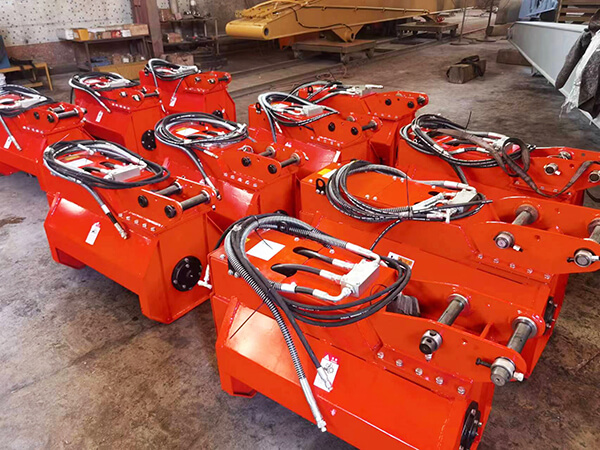
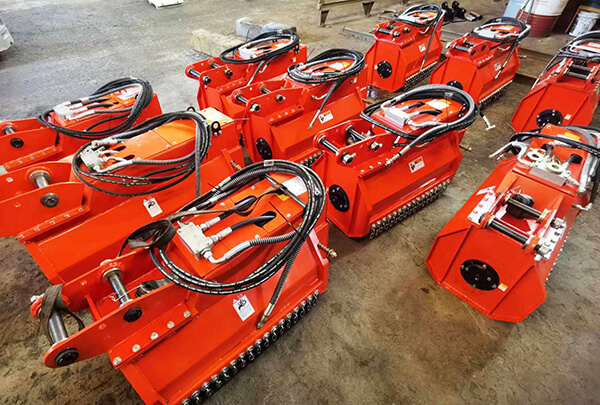

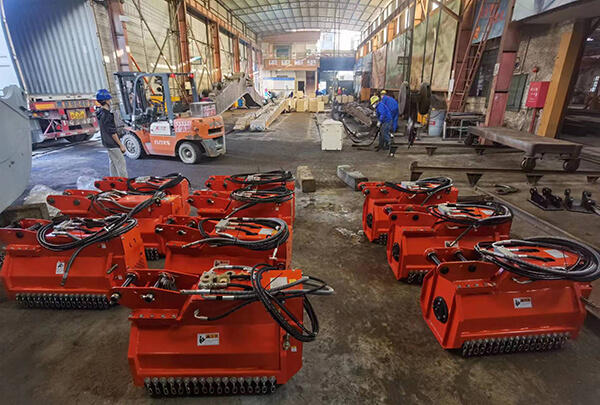
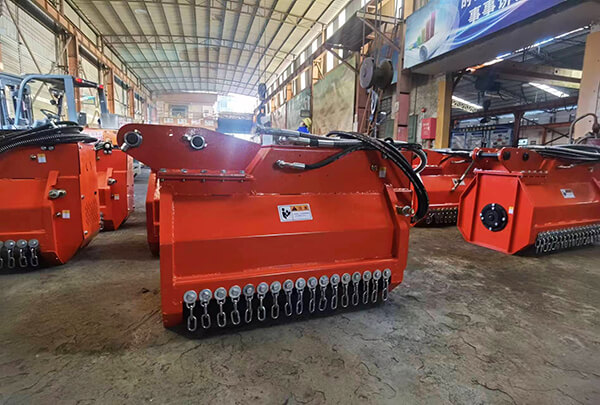

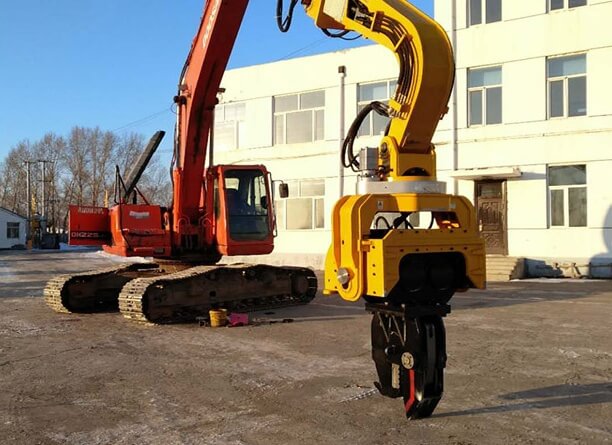

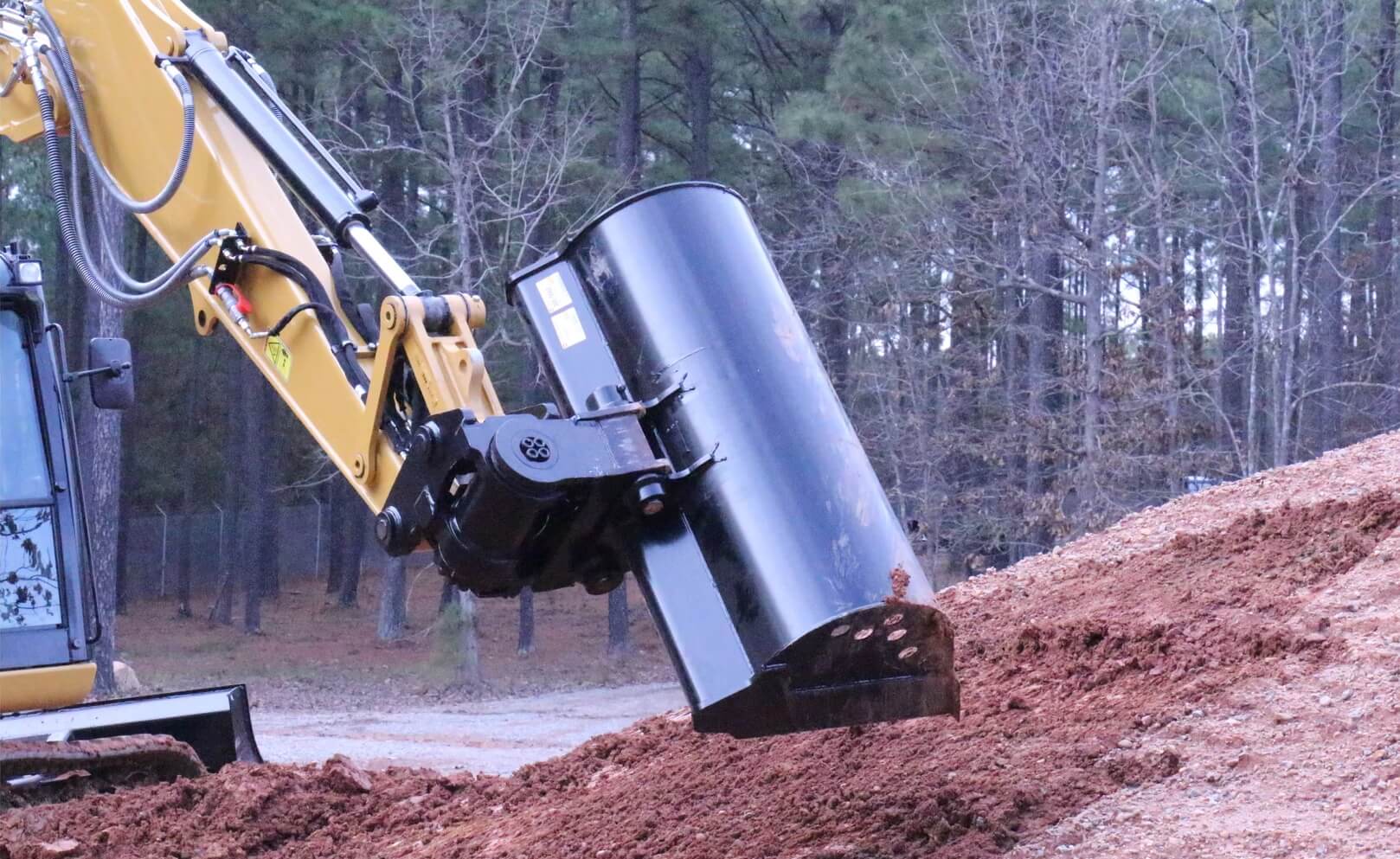
Leave A Comment